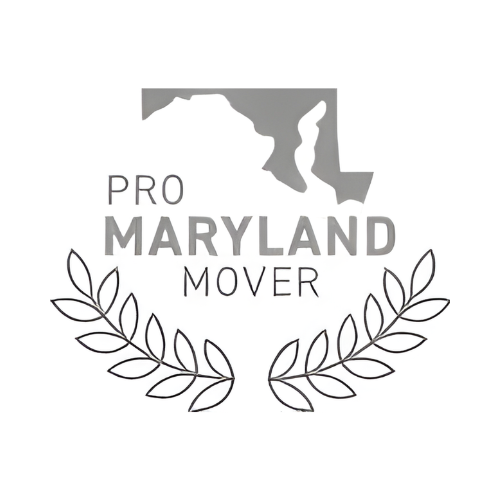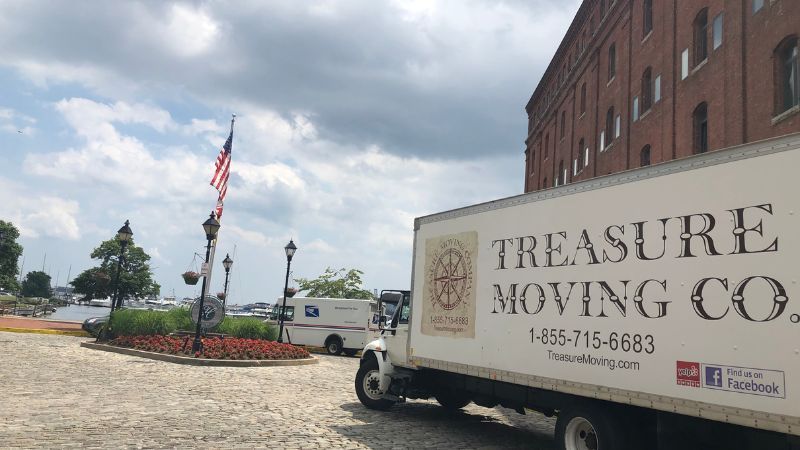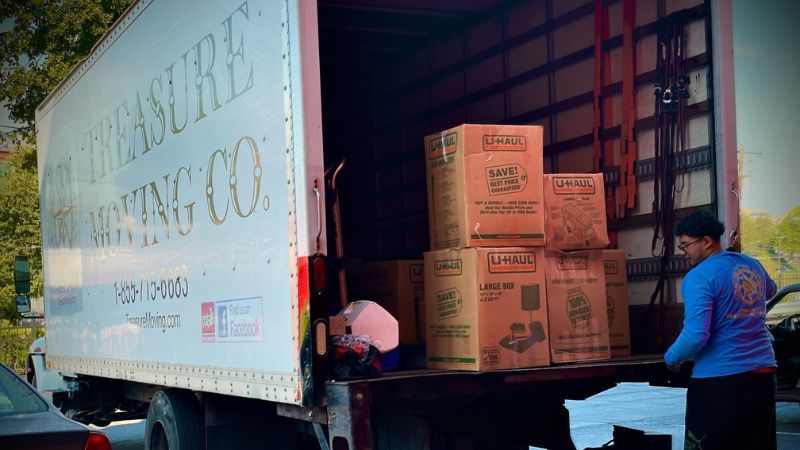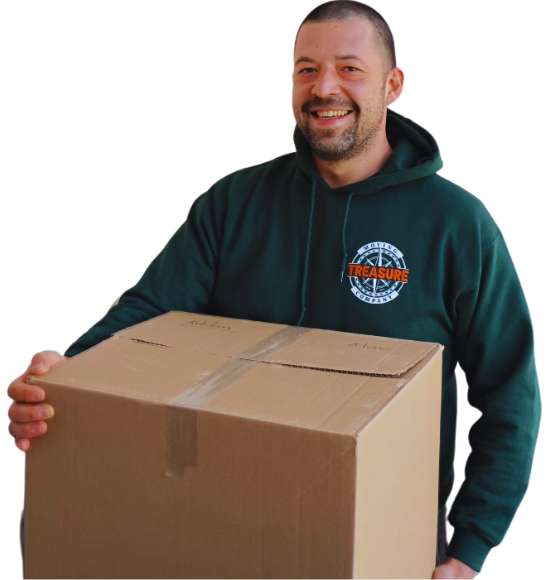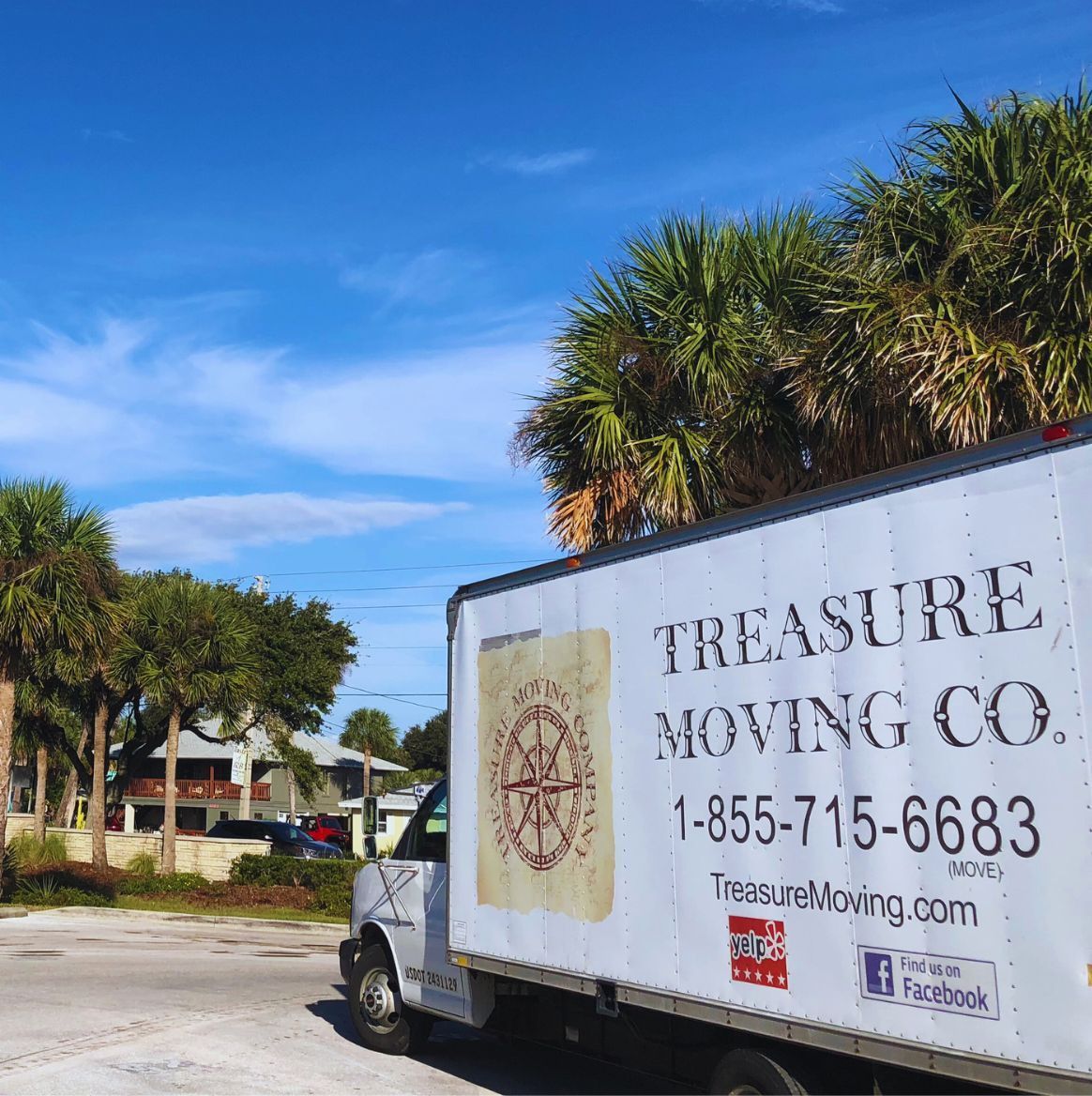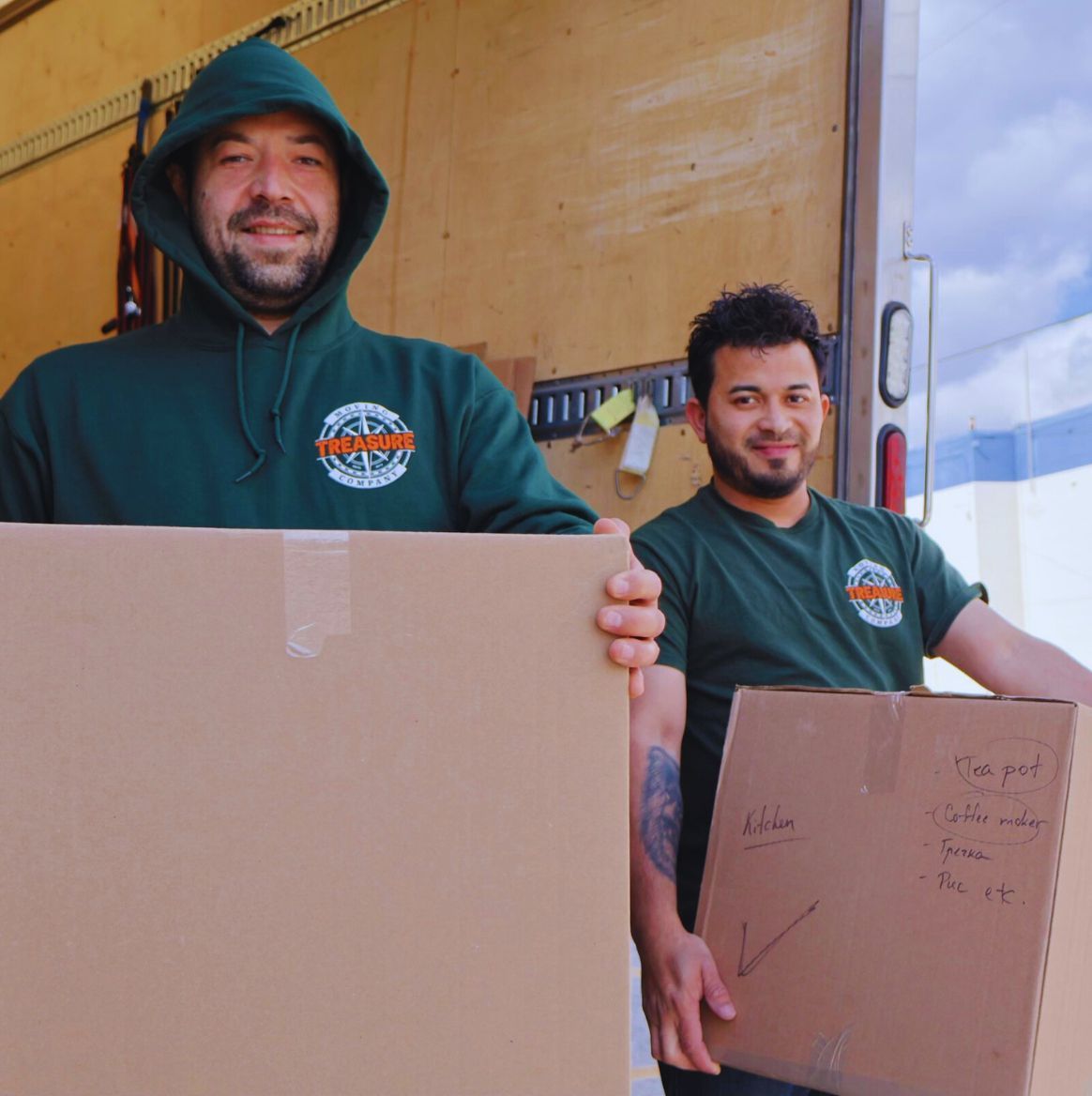By Fedor Kozlov
•
12 Aug, 2024
Moving can be a daunting task, but with the right guidance and approach, it becomes a manageable and even enjoyable process. DIY packing allows you to take control of how your belongings are organized and ensures they are packed in a way that you prefer. Beyond saving money, doing your own packing means you can carefully handle delicate items and choose the best methods for packing your favorite possessions. Cost-Effective Benefits of DIY Packing One of the most significant advantages of DIY packing is the cost savings. Hiring professional packers can be expensive, adding a substantial amount to your overall moving expenses. By packing on your own, you eliminate this cost, which can be particularly beneficial if you are working within a tight budget. Flexibility and Control Over the Packing Process DIY packing gives you complete control over the process. You can decide how each item is packed, ensuring that everything is organized just the way you like it. This control extends to the timeline as well. You can pack at your own pace, starting weeks in advance or even taking time off in between packing sessions. Personalized Packing for Valuable Items Certain items in your home might have significant sentimental or monetary value. When you pack yourself, you can take extra precautions with these specific items, using the right materials and methods to ensure they are well-protected. Whether it’s a family heirloom, delicate artwork, or important documents, DIY packing allows you to give each item the attention it deserves. Essential Packing Supplies for a DIY Move To ensure a smooth and efficient packing process, having the right supplies is crucial. Here's a list of essential materials you’ll need for your DIY move: List of Necessary Packing Materials Boxes (Various Sizes) Small boxes: Ideal for heavy items like books and canned goods. Medium boxes: Use for kitchen items, toys, and smaller household items. Large boxes: Best for lightweight, bulky things like pillows, blankets, and clothes. Packing Tape High-quality packing tape to securely seal your boxes. Tape dispenser for quick and easy usage. Bubble Wrap Protects fragile items such as glassware, ceramics, and electronics. Packing Paper For wrapping delicate items and filling empty spaces in boxes. Markers and Labels Permanent markers for clear labeling. Labels to denote contents and destination rooms. Scissors and Box Cutters For cutting tape and opening boxes. Furniture Blankets and Pads Protect large items like furniture and appliances during transport. Where to Obtain Packing Supplies at an Affordable Cost Finding packing supplies doesn't have to break the bank. Here are some suggestions on where to get them affordably: Local Retailers: Stores like Walmart, Target, and Home Depot often sell packing materials at reasonable prices. Online Suppliers: Websites like Amazon or U-Haul offer a wide selection of packing supplies. Recycling Options: Check local classifieds or community groups on Facebook and Craigslist for people giving away or selling used boxes and supplies. Free Sources: Ask at local grocery stores or liquor stores if they have extra boxes available. They often give these away for free. Creating a Packing Schedule A well-thought-out schedule can make a world of difference. Here are the best packing tips to create an effective timeline: Start Early: Begin packing non-essential items at least a month before your move. Daily Goals: Set daily or weekly packing goals to avoid last-minute stress. Dedicated Packing Time: Allocate specific hours each day or week to focus solely on packing. Milestones: Set milestones such as “Kitchen Packed by Week 2” to keep track of your progress. Room-by-Room Packing Strategy Packing room-by-room helps in organizing and unpacking later on. Here’s a suggested approach: Start with Least Used Rooms: Begin with attics, basements, and guest rooms. Tackle Storage Areas: Move on to closets, garages, and storage rooms. Main Living Areas: Pack living rooms, dining rooms, and bedrooms next. Leave Essentials for Last: The kitchen and bathrooms should be packed last, as you’ll need these items up to the moving day. Prioritizing Important and Non-Essential Items Deciding what to pack and when is crucial. Here’s a method to prioritize: Non-Essentials First: Pack decorative items, off-season clothes, books, and spare linens early. Semi-Essentials: Move on to items you use regularly but can do without for a few weeks, like additional cookware or guest bedding. Essentials Last: Items you use daily, such as toiletries, everyday clothing, and essential kitchen items, should be packed just before the move. Decluttering Before Packing: Tips for Sorting and Donating Items Decluttering can significantly reduce the number of items you need to pack, making your residential move quicker and more efficient. Here are some tips: Sort Items: Use categories such as “Keep,” “Donate,” “Sell,” and “Trash.” Donation: Identify local charities, thrift stores, or shelters where you can donate gently-used items. Selling: Host a garage sale or use online platforms like Facebook Marketplace, eBay, and Craigslist to sell items you no longer need. Disposal: Properly dispose of items that are broken or no longer useful. How to Pack Fragile Items Safely Ensuring that fragile items arrive intact is a top priority. Here’s how to pack them effectively: Use Bubble Wrap and Packing Paper: Wrap each item individually with bubble wrap or packing paper. Fill Empty Spaces: Fill any gaps in the box with packing paper, foam peanuts, or towels to prevent items from shifting. Double Boxing: For particularly fragile items, consider using the double boxing method for added protection. Packing Electronics and Appliances Electronics and appliances require special consideration: Original Boxes: If possible, use the original boxes and packaging materials. Remove and Label Cords: Detach cords, label them, and pack them separately to avoid tangling. Protect Screens: Use protective covers for screens and securely wrap them in moving blankets or bubble wrap. Efficiently Packing Books and Heavy Items Books and heavy items need careful packing to avoid injury and damage: Small Boxes: Use small, sturdy boxes to avoid making them too heavy to lift. Alternate Spines: Pack books upright with spines alternating for added stability. Clothing and Textiles Packing Tips Manage your wardrobe and textiles efficiently: Hanging vs. Folding: Use wardrobe boxes for hanging clothes and fold smaller items into boxes or suitcases. Vacuum Bags: Utilize vacuum-sealed bags for bulky items like blankets and winter coats to save space. Importance of Labeling Boxes Proper labeling ensures a smooth unpacking process. Here’s why it’s crucial: Easy Identification: Quickly find items without opening every box. Room Allocation: Movers know which room each box belongs to, streamlining the moving process. Effective Labeling Techniques Adopt these strategies for effective labeling: Color-Coding: Using different colored labels for each room for quick identification. Content Descriptions: Write detailed descriptions on each box, noting contents and any special handling instructions. Creating an Inventory List Tracking your items prevents loss and simplifies unpacking: Paper vs. Digital: Choose between a paper list or a digital spreadsheet. Apps for Inventory: Utilize apps like Sortly or Moving Organizer for efficient inventory management. Tips for Packing Boxes to Maximize Space Maximizing space in each box ensures fewer boxes and less hassle: Use Uniform Sizes: Stick to uniform box sizes for better stacking. Pack Vertically: Place items vertically to fill gaps efficiently. Techniques to Avoid Overpacking and Box Damage Prevent overpacking, which can lead to damaged items or injuries: Weight Limits: Keep each box weight under 50 pounds. Reinforce Boxes: Strengthen box bottoms with extra tape. Utilizing Drawers and Suitcases for Additional Storage Maximize every inch of space: Use Furniture Drawers: Pack items in dresser drawers and secure them with plastic wrap. Suitcases: Pack heavy items like books in rolling suitcases for easier transport. Specialty Items Packing Specialty items need unique care: Use Corner Protectors: Protect edges with foam corner protectors. Custom Boxes: Use boxes designed for artwork and mirrors and carefully label them as fragile. Packing Strategies for Musical Instruments Keep your instruments safe: Original Cases: Use original cases if available, adding extra padding as needed. Wrap for Protection: Securely wrap with bubble wrap or moving blankets. Tips for Packing Plants and Perishables Handle plants and perishables differently: Plants: Water them lightly, pack in open boxes, and ensure they get air during the move. Perishables: Consider using coolers and planning for same-day moves to keep food fresh. Safety Tips for DIY Packing Ensure your safety while packing: Correct Sealing and Labeling: Properly seal and label all boxes. Safe Lifting Techniques: Bend your knees and use your legs to lift heavy items. Packing Hazardous Materials: Follow guidelines for packing items like cleaning supplies, ensuring they are secure and well-labeled. Moving Day Tips Moving day can be chaotic. Here’s how to stay organized: Final Checks: Do a final walkthrough of your home to ensure nothing is left behind. Organizing Boxes for the Moving Truck: Load heavier items first and ensure boxes marked "fragile" are well-secured. Efficient Loading: Utilize space wisely in the moving truck, placing heavier items on the bottom and lighter on top. Using Treasure Moving Company for Full-Service Moves Benefits of Professional Movers Expertise: Professional movers bring experience and efficiency to the moving process. Time-Saving: Free up your time to focus on other important aspects of your move. Services Offered by Treasure Moving Company Packing Services: From full-service to partial packing, our team can handle it all. Transportation: Safe and efficient transportation of your belongings. How We Complement Your DIY Packing Efforts We can help where you need it: Customized Assistance: Choose specific services that assist your DIY efforts. Specialty Items: Rely on us for moving heavy or delicate items safely. Wrapping Up: Your DIY Packing Journey Moving can be complicated without the right approach. By leveraging these DIY packing tips, you can save money, stay organized, and manage your move effectively. Whether you're looking for guidance or a helping hand, Treasure Moving Company is here to support your moving needs throughout Washington, DC . We encourage you to reach out for personalized assistance to complement your DIY efforts and ensure a stress-free moving experience.
